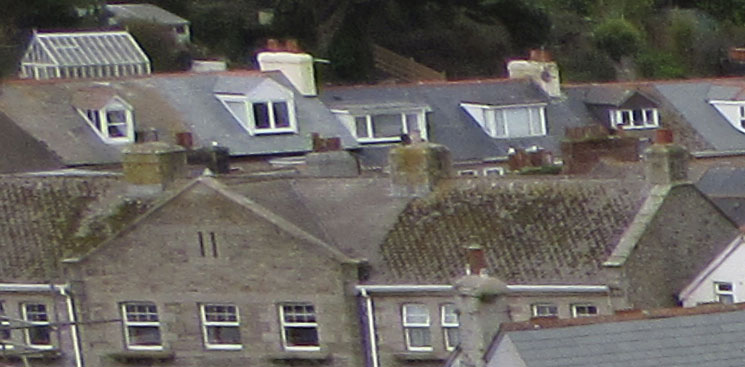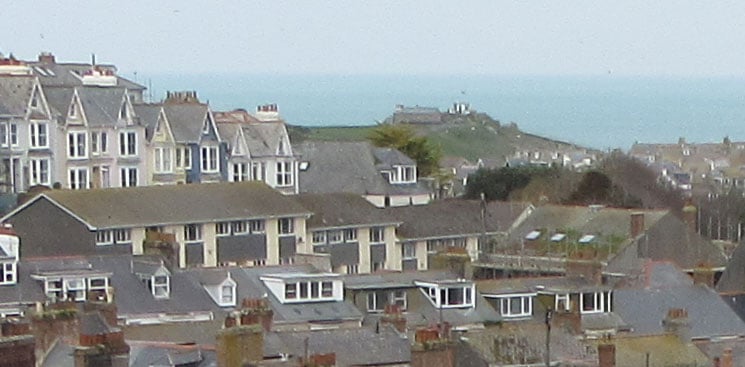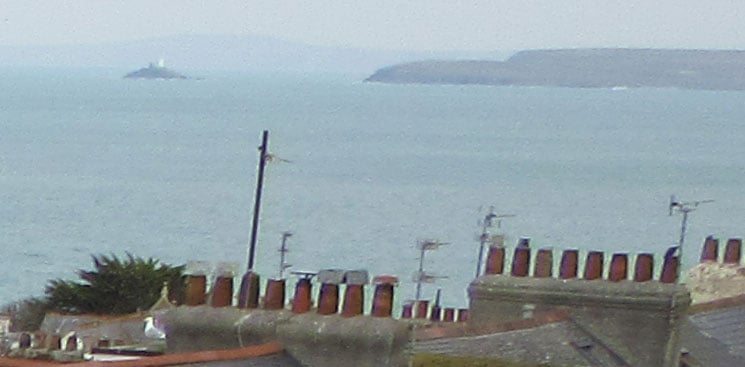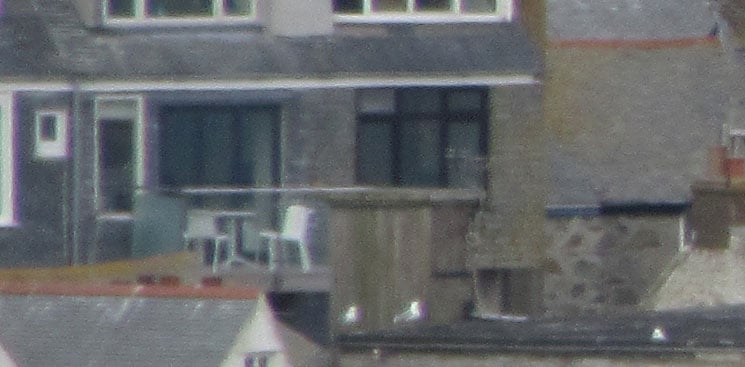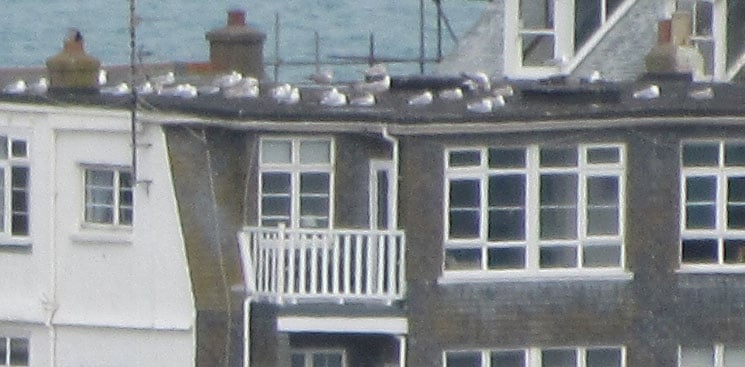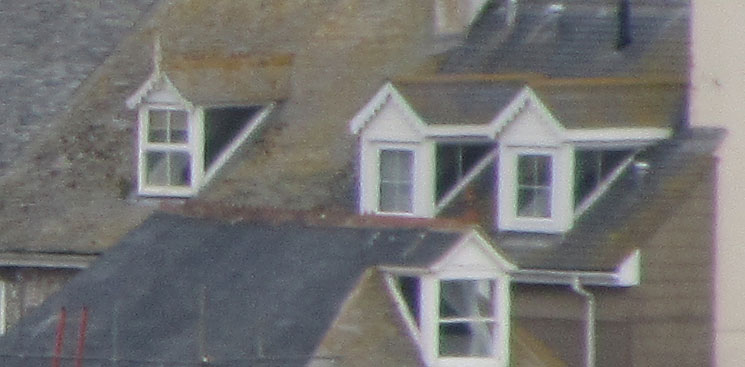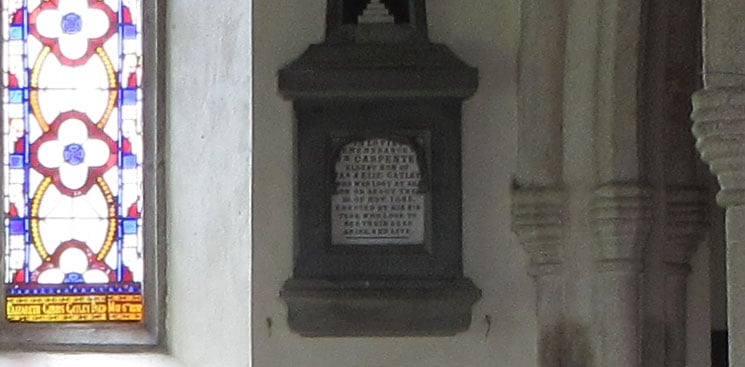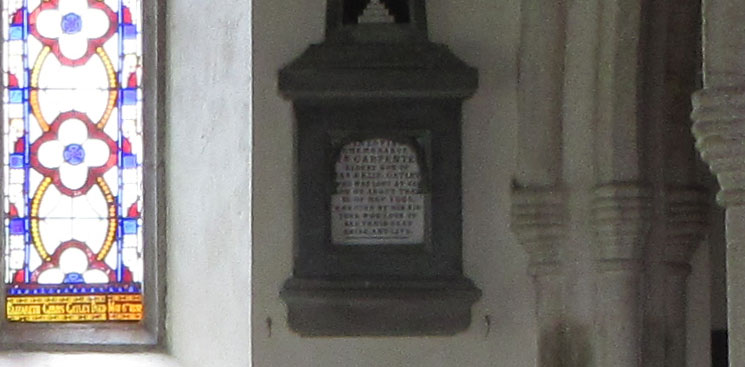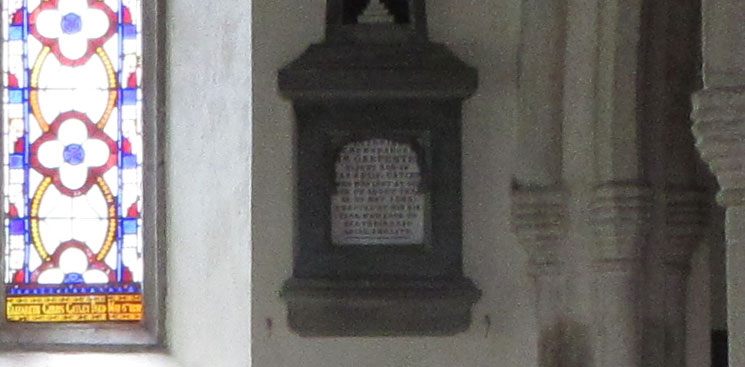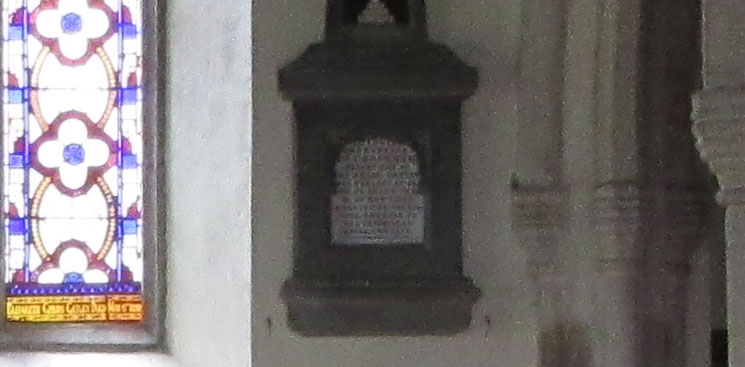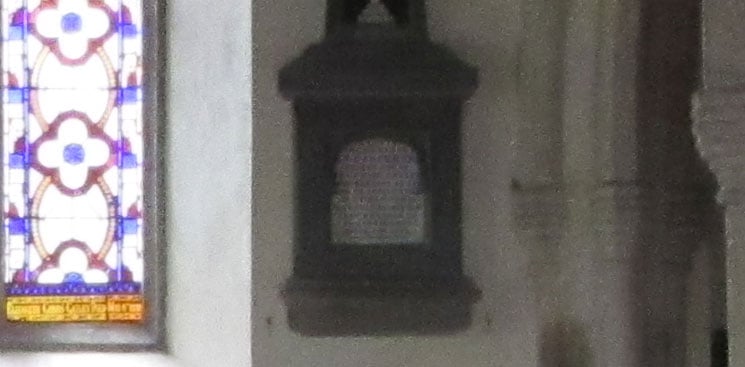Canon PowerShot SX600 HS review
-
-
Written by Ken McMahon
Quality
To compare real-life quality I shot this scene with the Canon PowerShot SX600 HS using its best quality JPEG settings and lowest sensitivity – in this case, 100 ISO.
The closest competition to the PowerShot SX600 HS will come from the Panasonic Lumix TZ55 / ZS35, and as soon as that model becomes available I’ll upadate these pages with more comparisons.
In the meantime, I shot this scene in Program Auto mode with stabilsation disabled and default settings.
The image above was taken with the Canon PowerShot SX600 HS with the lens set to its maximum wide angle position at 25mm equivalent. The SX600 HS was set to Program Auto mode, Intelligent IS was turned off and all other settings were left on the defaults. At its base 100 ISO sensitivity setting the SX600 HS chose an exposure of 1/500 at f3.8
The crops below are as always taken from the areas marked by the red rectangles and presented at 100%. Taken in isolation, and viewed at 100%, the PowerShot SX600 HS crops suffer visibly from noise and the detail looks a little clumpy, but you’d expect to see that on most high resolution compacts. The other problem the PowerShot SX600 HS suffers from is slight distortion at the edges of the frame accompanied by chromatic aberration. You can see the purple fringing most clearly in the first crop and note the way the vertical edges in the first crop slant to the left and the chimneys in the fourth crop (from the opposite frame edge) slant to the right.
Quality at the centre is visibly better, suggesting that the lens is more of a limiting factor than the sensor, but it’s worth bearing in mind that you’re not likely to notice these shortcomings at viewing sizes below 100 percent, and the quality is broadly comparable with other SX models. A casual comparison with the crops from our earlier review of the 12 Megapixel PowerShot SX280 HS reveals not disimilar quality.
Scroll down to see how the camera performs when fully zoomed-into its longest focal length, or head to my Canon PowerShot SX600 HS noise results.
|
To compare noise levels under real-life conditions I shot this scene with the Canon PowerShot SX600 HS using its best quality JPEG mode at each of its ISO sensitivity settings.
The closest competition to the PowerShot SX600 HS will come from the Panasonic Lumix TZ55 / ZS35, and as soon as that model becomes available I’ll update these pages with more comparisons.
In the meantime, I shot this scene in Program Auto mode with stabilsation disabled and default settings.
The image above was taken with the Canon PowerShot SX600 HS with the lens set to its maximum wide angle position at 25mm equivalent. The SX600 HS was set to Program Auto mode, Intelligent IS was turned off and all other settings were left on the defaults. At its base 100 ISO sensitivity setting the SX600 HS chose an exposure of 0.6 at f3.8. The crops below are taken from the area marked by the red rectangle and presented at 100%.
As we saw on the outdoor test crops, at 100 ISO there is some visible noise in the SX600 HS crops: in the first crop below there’s a fine graininess that slightly obscures finer detail. The text in the panel is legible though and the edges are reasonably crisp. In the 200 ISO crop there’s a marginal increase in the level of the noise which reduces the edge definition visibly and the same thing, to the same degree, occurs at 400 ISO.
When we get to 800 ISO the cumulative effect of the increased noise is becoming quite apparent. It’s not just more of the same though, the pixels are looking very clumpy, medium size detail is affected and the text is no longer legible. The 800 ISO is the borderline for good quality images at 100 percent viewing size and by 1600 ISO all but the coarsest detail has succumbed to the noise.
As before, it’s worth pointing out that these results are fairly typical for a high resolution small sensor compact. A comparison with the results from the 12 Megapixel SX280 HS reveals that these crops are noisier throughout the range.
This isn’t the end of the story though as the SX600 HS also offers a Handheld NightScene mode which combines multiple exposures taken in a burst into a single image to reduce noise levels. Handheld NightScene mode automatically sets the ISO sensitivity and in this instance selected 1600 ISO. I’ve included a crop at the end of the table below and if you compare it with the ‘straight’ 1600 ISO crop you’ll see there’s a slight improvement with less visible graniness, but some detail is also smoothed out.
Now check out my Canon SX600 HS sample images or head straight for my verdict
The following images were taken with a Canon PowerShot SX600 HS. All shots were taken in Program auto mode. The PowerShot SX600 HS was set to its best quality 16 Megapixel resolution with Auto White Balance and stabilisation was enabled for these hand-held shots.All of the images below are available to download in their original formats for analysis. Click on the desired image to access the files at Flickr.
|
